
sub 25 micron traces averatek asap technology
Introduction to Averatek ASAP Averatek ASAP (Advanced Semiadditive Process) is a groundbreaking technology that enables the fabrication of sub 25 micron traces on printed circuit[…]
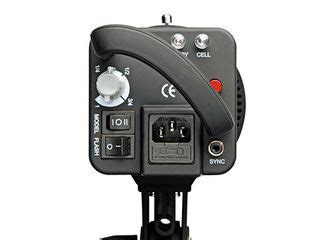
studio lighting driver
What is a Studio Lighting Driver? A studio lighting driver, also known as a studio-lighting-driver, is an electronic device that controls and powers studio lighting[…]
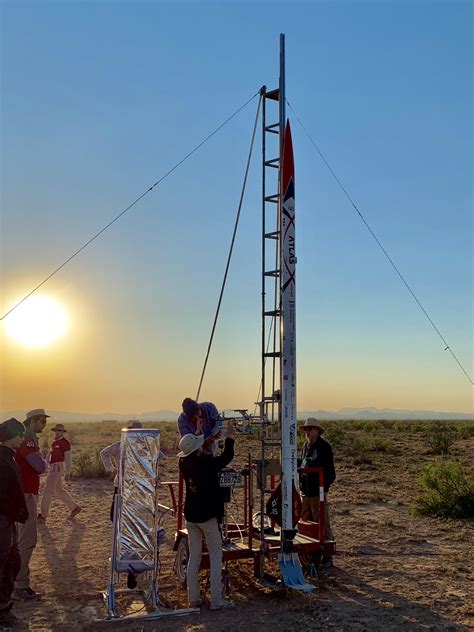
student rocket team oronos polytechnique shoots stars pcb designs
Introduction to Oronos Polytechnique Oronos Polytechnique is a student-led rocket team based at the prestigious École Polytechnique in France. The team, composed of highly motivated[…]
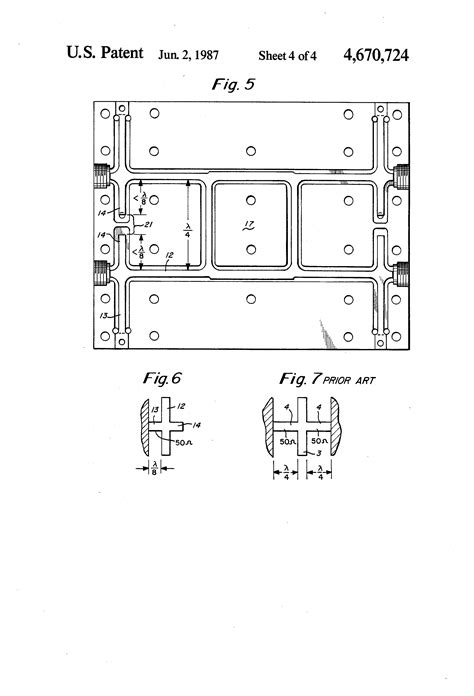
stubs transmission lines what do they do and how do you keep them happening
Introduction to Stub Transmission Lines Stub transmission lines are a crucial component in the world of electrical engineering and telecommunications. These specialized transmission lines play[…]
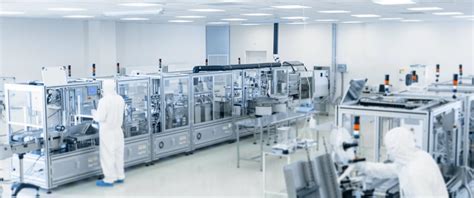
sub 25 micron traces averatek asap technology
Introduction to Averatek ASAP Averatek ASAP (Advanced Subtractive Additive Process) is a groundbreaking technology that enables the creation of high-density printed circuit boards (PCBs) with[…]
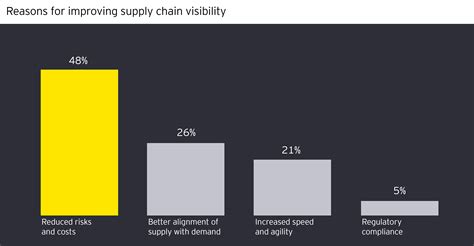
supply chain visibility component sourcing in the new age
The Importance of Supply Chain Visibility Supply chain visibility refers to the ability to track, monitor, and manage the flow of goods, information, and finances[…]
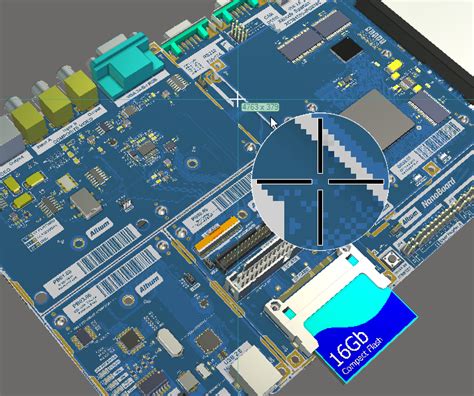
supply chain strategy pcb designer
Understanding the PCB Supply Chain The PCB supply chain consists of all the processes, materials, and partners involved in transforming a design into a finished[…]
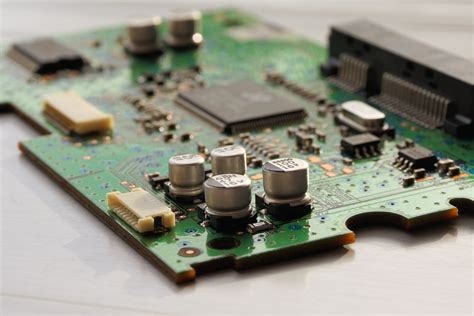
successfully source your pcbs electronic parts great bom
Introduction to PCB Sourcing Printed Circuit Board (PCB) sourcing is a crucial step in the electronics manufacturing process. It involves finding the right components, suppliers,[…]
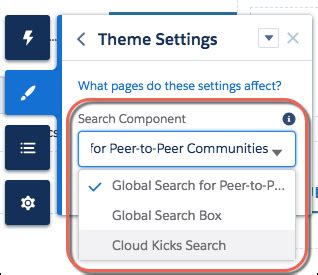
how components search engine helps you choose parts your pcb
Understanding Component Search Engines A component search engine is a web-based tool that allows engineers and designers to search for and compare electronic components from[…]
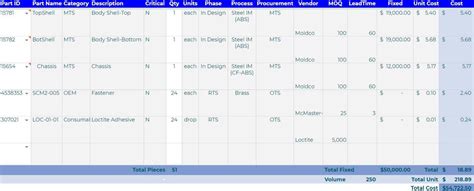
how a bill of materials can improve your supply chain management
Introduction In today’s complex and globalized business environment, effective supply chain management is crucial for the success of any manufacturing organization. One of the key[…]